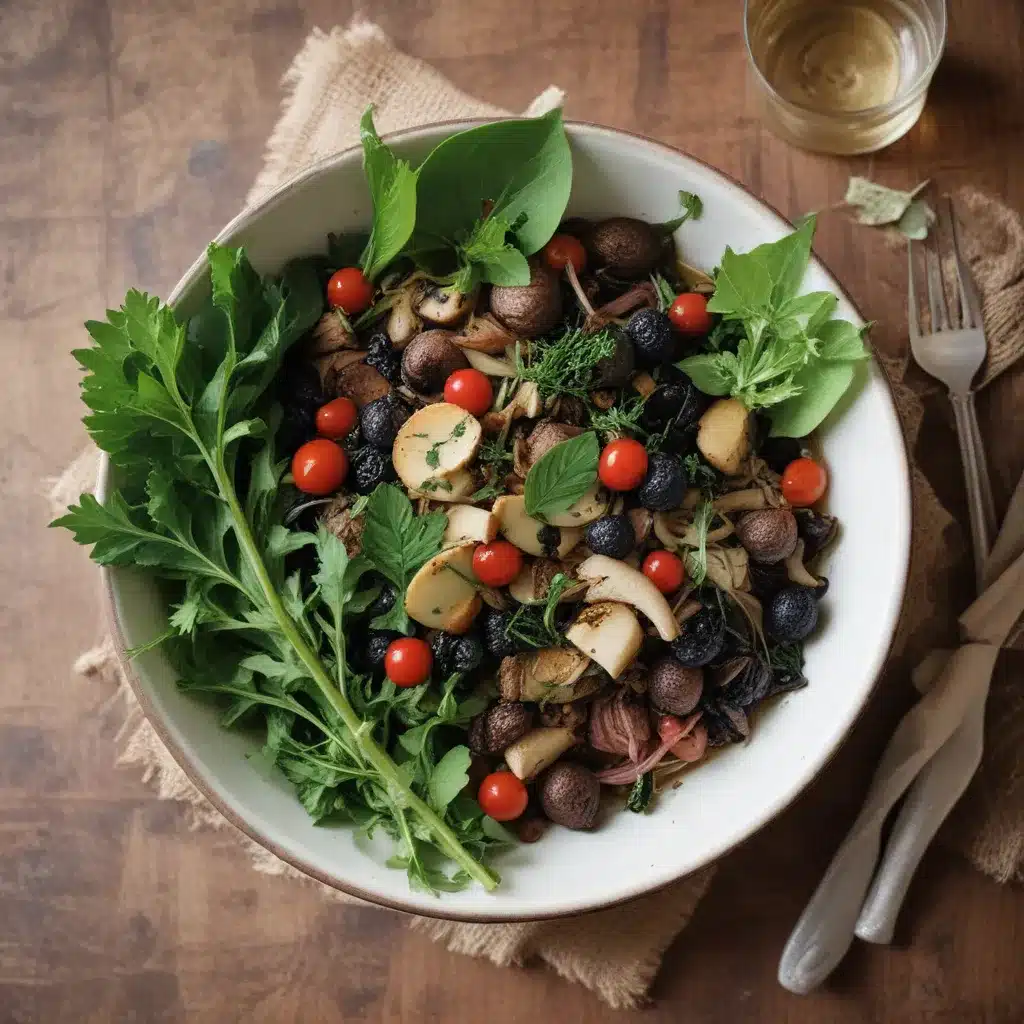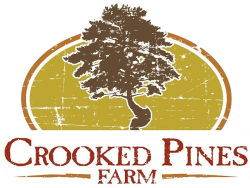
Foraging for wild edibles is an age-old art that reconnects us with the abundance of nature. Whether you are an experienced forager or just beginning to explore the world of free, nutritious plants, the bountiful landscapes around Crooked Pines Farm offer a wealth of opportunities to gather flavorful, seasonal ingredients. From the vibrant greens of early spring to the bright berries of summer and the earthy roots of fall, our land provides a delightful variety of wild edibles to incorporate into delicious, homemade recipes.
Identifying Edible Plants
The first step in foraging is learning to confidently identify the plants around you. Consult field guides, join local foraging groups, and familiarize yourself with the common wild edibles in your region. Some of the most prevalent and easy-to-recognize options in our area include lambsquarters, dandelion greens, wild violets, chickweed, and purslane. These nutritious leaves and flowers can be harvested throughout the growing season and used raw in salads or sautéed as flavorful side dishes.
More challenging to identify but equally rewarding are the wild berries that dot our countryside. Juicy mulberries, tart wineberries, and the iconic blackberries all thrive here, providing sweet bursts of flavor for pies, jams, and syrups. Be sure to thoroughly research any unfamiliar berry before consumption, as some similar-looking varieties can be toxic.
Underground, you may uncover edible roots like wild carrots (look for the distinctive Queen Anne’s Lace flower) and Jerusalem artichokes. These tubers add heartiness to soups and stews or can be roasted and enjoyed on their own. Just make sure to harvest responsibly, taking only a portion of each plant to allow it to regenerate.
Sustainable Harvesting Practices
When foraging, it’s important to follow sustainable principles that protect the long-term health of the ecosystem. Only take what you need, leaving plenty behind for other foragers, wildlife, and the plants themselves to thrive. Avoid over-harvesting delicate species, and never remove entire plants—stick to taking leaves, stems, flowers, or berries. Additionally, steer clear of areas that may have been sprayed with pesticides or other chemicals.
By adopting a respectful, conservation-minded approach, you can ensure that the wild edibles around Crooked Pines Farm continue to flourish for years to come. As you familiarize yourself with the plants in your area, make note of their life cycles and optimal harvesting times. This will allow you to collect at the peak of freshness and nutritional value.
Seasonal Availability of Wild Edibles
The abundance and variety of wild edibles shifts dramatically throughout the year, providing a constant source of new flavors and ingredients to explore. In early spring, fiddlehead ferns, ramps, and stinging nettles emerge, offering bright, cleansing greens for hearty soups and sautés. As the weather warms, mulberries, blackberries, wineberries, and wild strawberries ripen, perfect for baking into pies, cobblers, and preserves.
Throughout the summer, continue to gather lambsquarters, purslane, wild sorrel, and chickweed, which thrive in the heat. Meanwhile, wild carrots, Jerusalem artichokes, and burdock roots are at their best in the fall, ready to be roasted, mashed, or added to autumnal stews. Even in the colder months, evergreen plants like pine needles and spicebush offer flavorful teas and seasonings.
By understanding the seasonal cycles of your local wild edibles, you can plan your foraging and cooking around the most abundant and flavorful ingredients. This keeps your meals diverse, nutritious, and in tune with the rhythms of nature.
Recipes Using Foraged Finds
Now that you’ve learned how to identify and harvest wild edibles responsibly, it’s time to get creative in the kitchen! The fresh, vibrant flavors of foraged ingredients pair beautifully with both rustic and refined recipes. Consider adding a handful of wild greens to your next salad, or sauté fiddlehead ferns with garlic and lemon for a simple yet elegant side dish.
For a comforting main course, try incorporating burdock roots and wild carrots into a hearty stew or Jerusalem artichoke puree. Sweet foraged finds like mulberries, wineberries, and wild strawberries shine in homemade jams, syrups, and even cocktails. Experiment with combining these flavors in unexpected ways, like a blackberry-balsamic vinaigrette or pine needle-infused shortbread.
No matter how you choose to use them, wild edibles add vibrant color, mouthwatering tastes, and unparalleled nutrition to your cooking. Embrace the abundant, ever-changing bounty of nature and let your culinary creativity run wild!
Nutritional Benefits of Wild Edibles
Foraging not only connects you more deeply with your local ecosystem but also provides an incredible boost of vitamins, minerals, and other beneficial plant compounds. Many wild greens and herbs contain significantly higher levels of nutrients like vitamin C, iron, calcium, and antioxidants compared to their cultivated counterparts.
For example, lambsquarters is an exceptionally nutritious green, with up to 7 times more vitamin C and 4 times more iron than spinach. Dandelion greens are a rich source of vitamins A and K, while purslane offers generous amounts of omega-3 fatty acids. Even commonly underappreciated weeds like chickweed and plantain are packed with essential nutrients.
Beyond vitamins and minerals, wild edibles also contain a diverse array of phytochemicals and antioxidants that support overall health and well-being. Incorporating these nutrient-dense ingredients into your diet is an easy way to boost your intake of disease-fighting compounds.
Ecosystem Considerations
As you explore the world of wild edibles, it’s crucial to remember that these plants play an integral role in the broader ecosystem. Many species provide vital food and habitat for local wildlife, so it’s important to forage mindfully and avoid overharvesting.
Focus on abundant, proliferating plants, and leave behind enough to support the health of the whole community. Steer clear of rare or endangered species, and familiarize yourself with any invasive plants in your area that may need to be responsibly managed.
When foraging, also be aware of the unique characteristics and life cycles of your local flora. Certain plants may only be edible during specific growth stages or seasons. Respect these natural rhythms, and harvest accordingly to ensure the long-term viability of wild edible populations.
By adopting an ethical, conservation-minded approach, you can enjoy the abundant gifts of nature while contributing to the overall wellbeing of the ecosystem. Celebrate the diversity of your local landscape, and let the wild edibles of Crooked Pines Farm inspire you to nourish both body and spirit.


